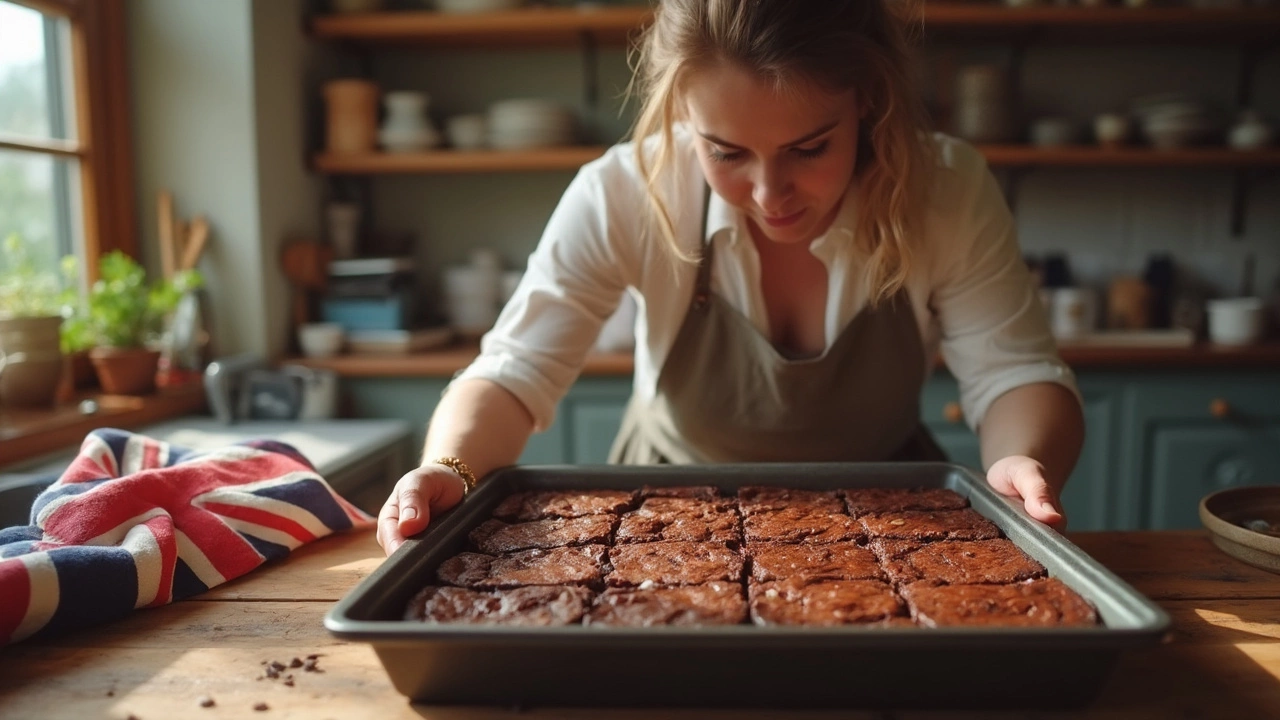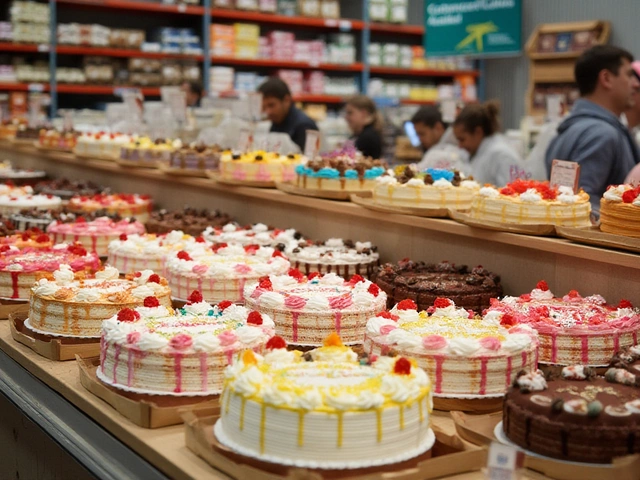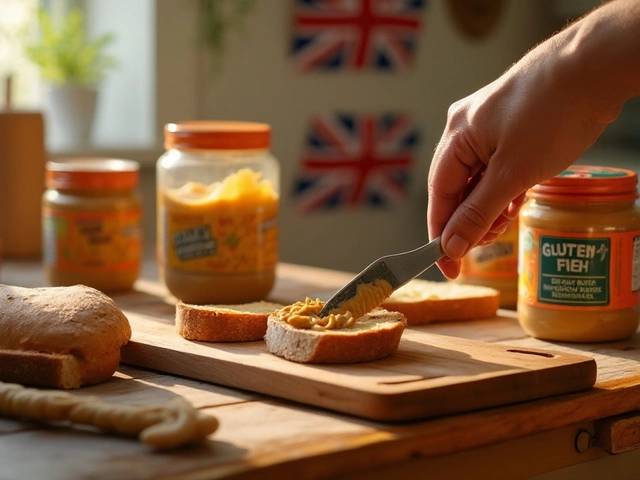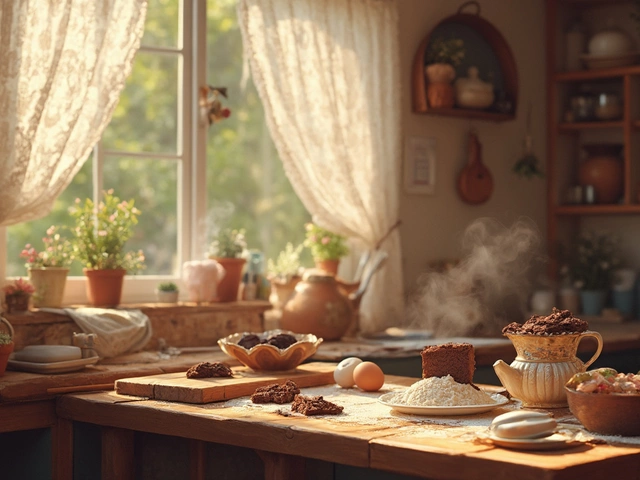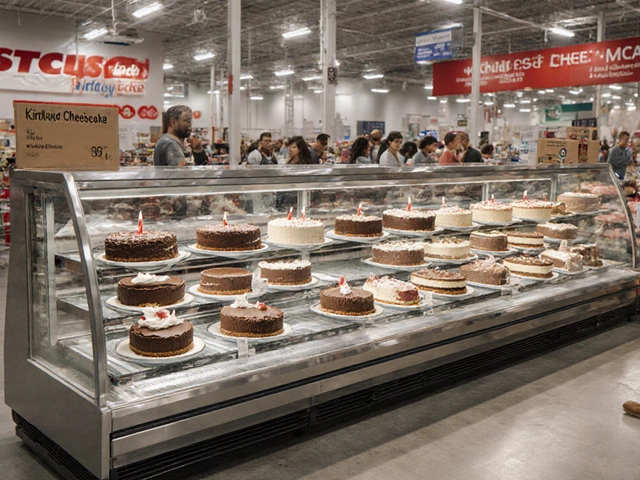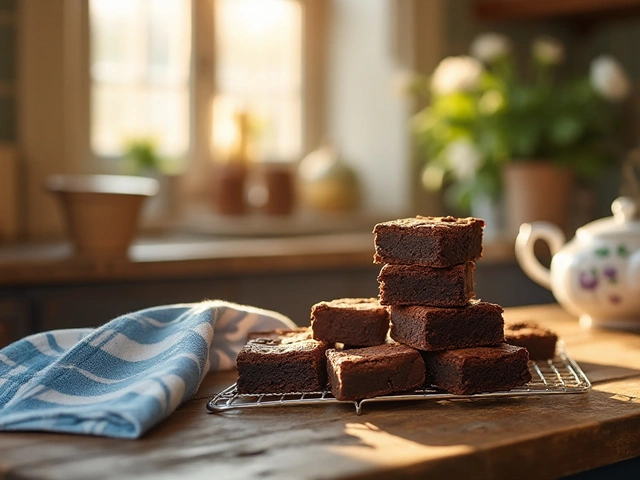Baking Mistakes: What Goes Wrong and How to Fix It
Ever pulled a cake out of the oven only to see a flat mess? Or tasted a cookie that was too hard? Most of those frustrations come from simple mistakes that anyone can avoid. Below are the most common slip‑ups and easy ways to correct them, so your next bake turns out just right.
Top 5 Most Common Baking Mistakes
1. Guessing Measurements – Skipping the scale or using a mismatched cup set leads to dry cakes or gummy brownies. Always weigh flour, sugar, and butter for consistency.
2. Overmixing the Batter – Stirring too long develops gluten, making cookies tough and cakes dense. Mix just until the dry ingredients disappear.
3. Wrong Oven Temperature – A too‑hot oven browns the outside fast while the inside stays raw. Use an oven thermometer and preheat fully before you start.
4. Using Cold Ingredients – Cold butter or eggs won’t blend properly, causing uneven texture. Let them sit at room temperature for 30 minutes.
5. Opening the Oven Door Too Soon – Every time you peek, the temperature drops, leading to uneven rise. Trust the timer and avoid peeking until the last few minutes.
Simple Fixes for Better Results
Now that you know the pitfalls, here’s how to tackle them without reinventing the wheel.
Measure Like a Pro – Invest in a digital kitchen scale. A gram of flour is the same whether you’re in London or New York. If you must use cups, spoon the flour in and level it off.
Mix with Purpose – When a recipe says “mix until combined,” stop. For muffins, use a fold‑in motion; for cakes, a gentle whisk works best. This keeps the crumb light.
Check Your Oven – Place a cheap oven thermometer on the middle rack. If it reads 10–15°F off, adjust the dial accordingly. Remember, every oven has hot spots, so rotate the pan halfway through.
Warm Up Ingredients – Take butter out of the fridge while you preheat the oven. Small pieces soften faster. For eggs, a quick 5‑minute warm‑water bath does the trick.
Mind the Door – Set a timer for the minimum bake time, then rely on visual cues like a golden edge or a clean toothpick. If you must check, do it quickly and close the door fast.
Besides these, a few extra habits can save you from disaster. Line pans with parchment paper for easy release, and always cool cookies on a wire rack so steam doesn’t make them soggy.
Got a specific baking fail you can’t solve? Drop a comment and we’ll troubleshoot together. Remember, every mistake is just a lesson that makes you a better baker.
With these tips in mind, you’ll spend less time worrying about why a cake fell flat and more time enjoying the delicious results. Happy baking!


